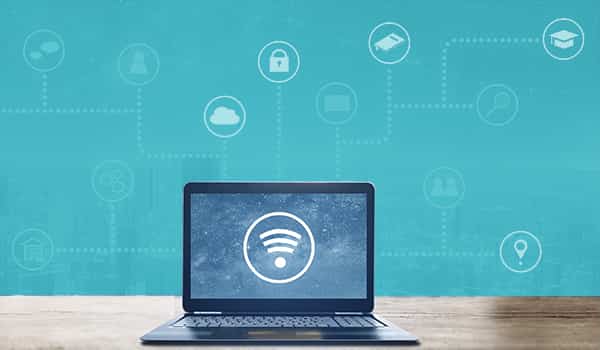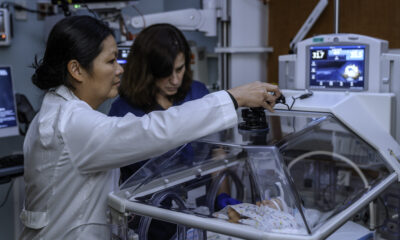Thrive
Digital Inclusion St. Pete aims to bridge the local digital divide

Many of us take our computers and our internet access for granted, but for a number of St. Petersburg residents, getting online isn’t so simple.
According to the Tampa Bay Partnership’s 2020 Regional Equity Report, the Tampa Bay area is at the bottom of a list of 20 comparable cities in terms of the percentage of households with a computer and a broadband internet subscription. Other data shows that up to 28 percent of households in South St. Pete lack online access.
That’s where Digital Inclusion St. Pete comes in. The initiative, which launched its website earlier this week, represents a partnership between local organizations, nonprofits, governmental agencies and businesses. Its goal is to bridge the digital divide by providing devices and affordable internet access for those who don’t have it, along with training to help them navigate the basics of our increasingly online world.
Currently, the website is a clearinghouse for information, said Alison Barlow, executive director for the St. Pete Innovation District and a leader in the creation of Digital Inclusion St. Pete. People can visit the site to learn about training opportunities based on their needs and situations. They can also request a device through the Gadgets for Good program, which accepts electronics from communities that are then refurbished and distributed to people in need. And the devices go way beyond smartphones, which Barlow stressed are not as versatile as computers.
“A smartphone can get you really far in life, but try to apply for a job off a smartphone or do homework or manage a business,” she said. “It’s not realistic to expect a smartphone to be a viable option.”
Through these measures, the initiative hopes to empower people and give them the skills needed to learn, gain employment, participate civically and access essential services. And in the wake of Covid-19, the need for digital inclusion is greater than ever, said project coordinator Liz Siplin.
“The pandemic has really highlighted some of the disparities in the community,” she said. “We were already talking about inclusion but then the pandemic hit and it made us realize what a big issue this really is.”
For example, when municipal offices closed as a result of Covid, the elderly person who was used to paying her bills in person had no choice but to pay online. If she didn’t have access to a computer – or know how to use one – she could risk having her electricity shut off, Siplin said. She also explained the challenges faced by people whose jobs shifted from in-person to virtual.
“Some people don’t have computers, or they don’t have the skill sets to transition to working at home on a computer,” she said.
Then there was the issue of digital access for students who were forced to start learning online when the pandemic hit in March. Though Pinellas County Schools stepped in to help fill the gap by providing students with devices and mobile hotspots, it wasn’t a perfect solution. Digital Inclusion St. Pete has partnered with several internet providers to offer service at reduced rates, and its website also lists locations where residents can access free WiFi.
Jessica Eilerman, Greenhouse manager and small business liaison to the office of the mayor, said the initiative is of “utmost importance” for St. Pete as the city works together toward a more equitable economic reality for all. She also believes that digital inclusion is key to entrepreneurship, not just through ideation and startup, but in terms of business growth and success.
“Accessing the benefits of technology allows for an entrepreneur to reach new customer segments, establish and promote their brand and services and so much more,” she said.
Barlow envisions Digital Inclusion St. Pete to expand well beyond its current function as an information and resource hub. Plans are in the works to begin gathering metrics to learn where the digital divide still exists and to offer classes to train people who can in turn help train others. In terms of devices, the initiative intends to set up a program to help neighborhoods and nonprofits establish lending libraries. People who take a certain amount of training through the initiative will also be eligible to purchase a Chromebook at a discounted rate, Barlow said.
Feedback for the program, Siplin said, has been phenomenal.
“This is something the community really does need, from organizations to individuals,” she said. “We hope it will be sustainable and help close the gap of disparity.”
To donate to the Gadgets for Good program, click here.








Rose Smith Hayes
October 3, 2020at8:23 pm
This is one of the best ideas I have seen or heard in a very long time. A local organization has free access to a wonderful program but all of it’s members do not have internet access nor an email address. This action will bring people into the ‘technology age’. I sure hope it gets great participation.